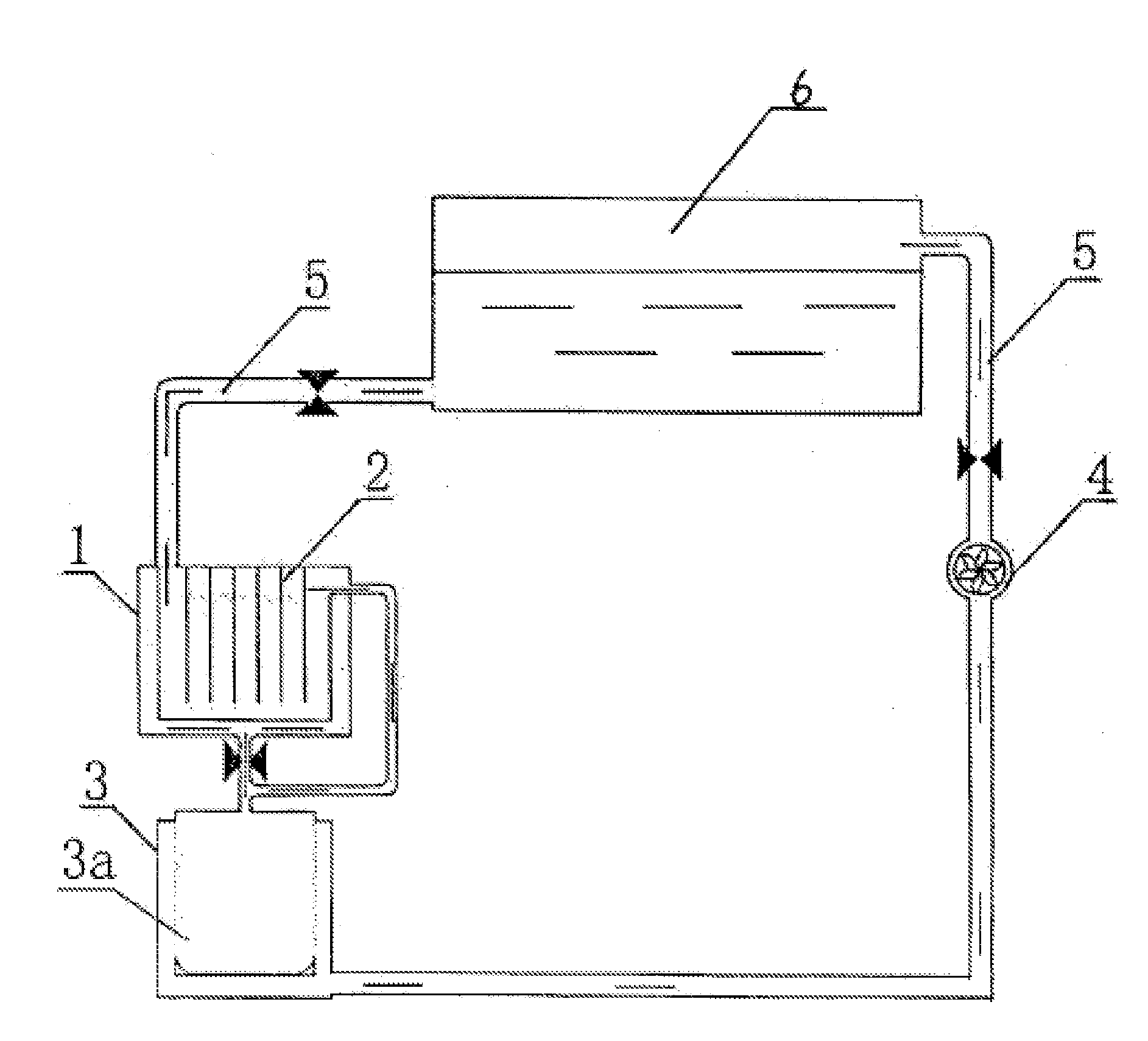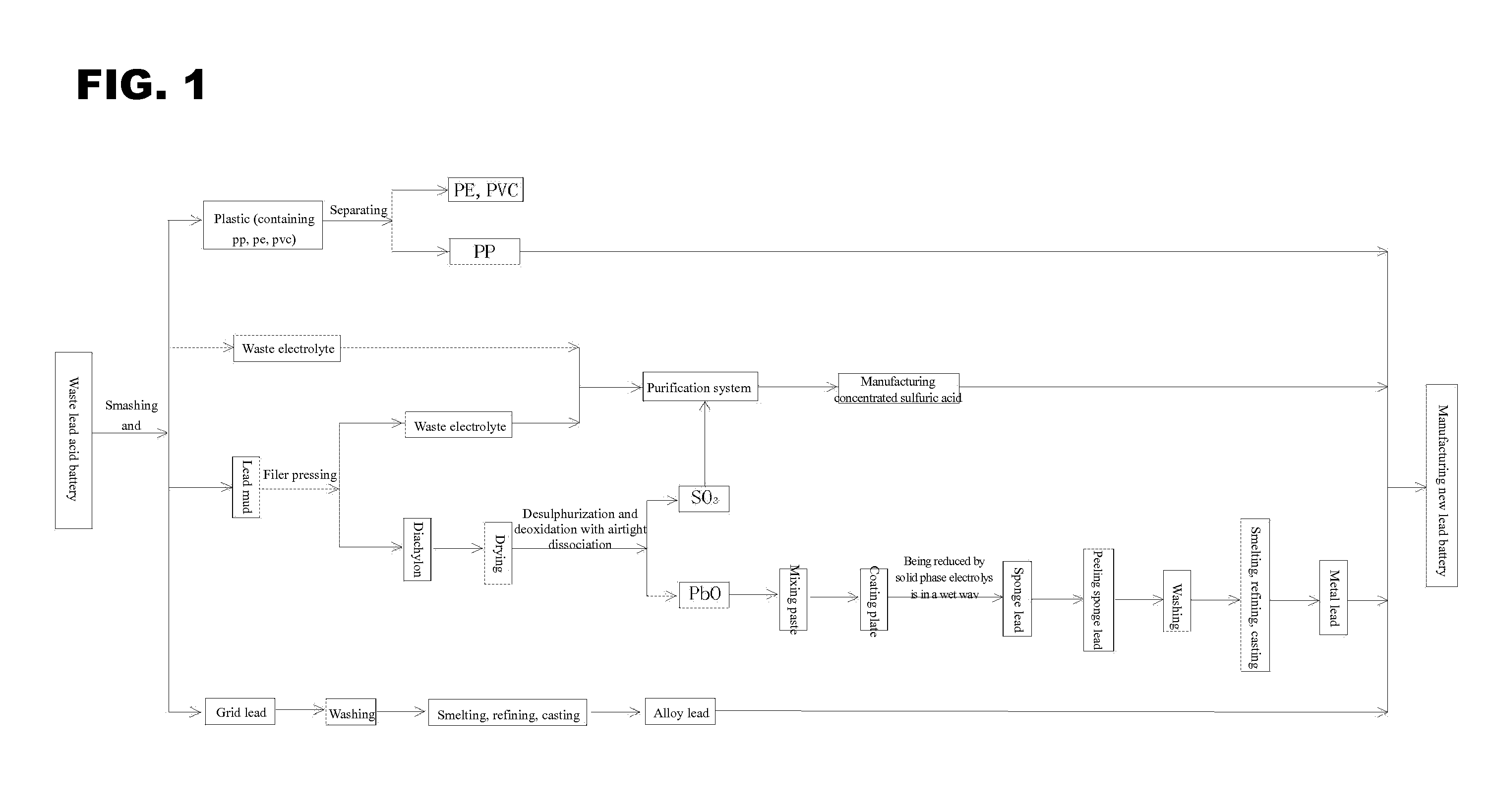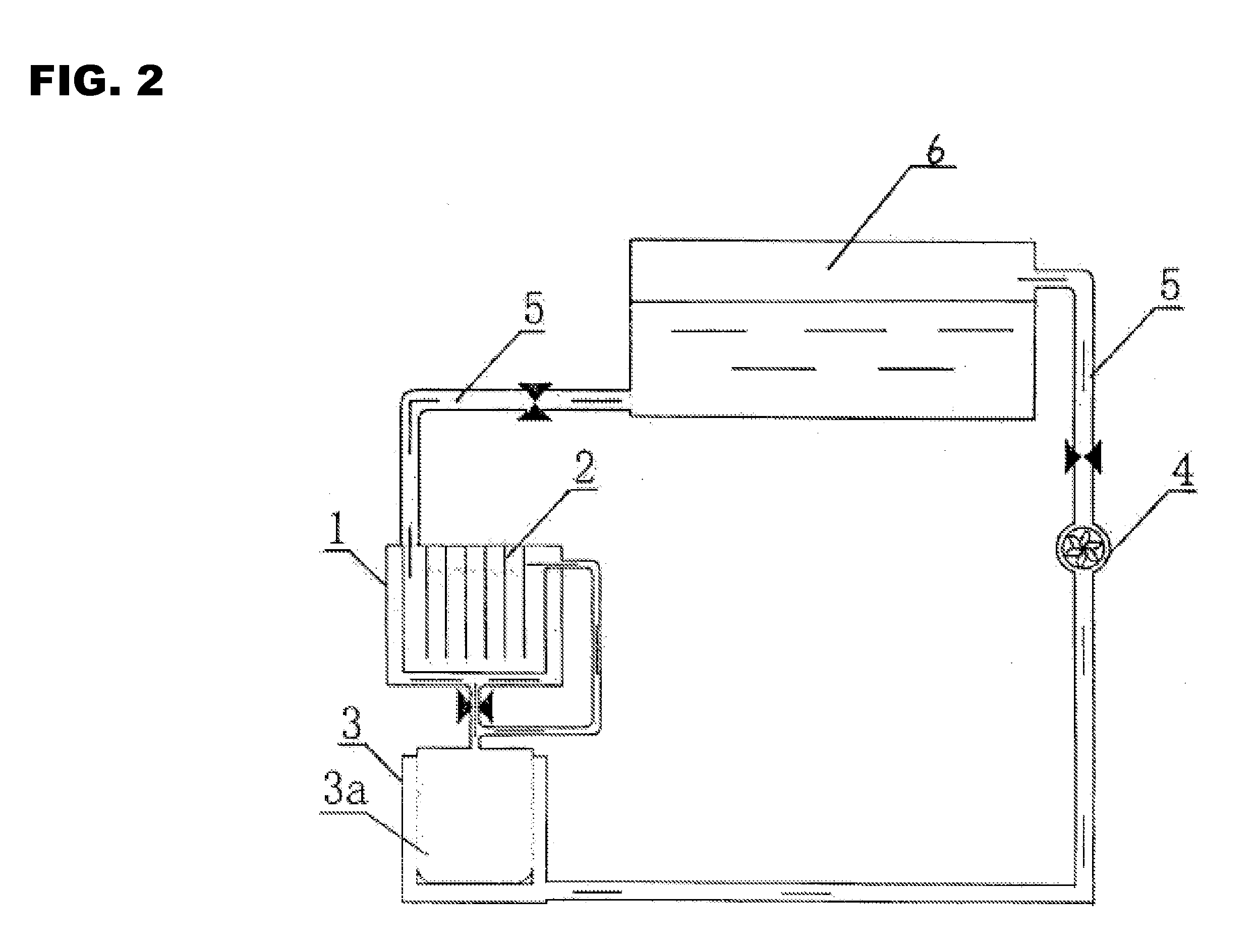Method for implementing full cycle regeneration of waste lead acid batteries
- Summary
- Abstract
- Description
- Claims
- Application Information
AI Technical Summary
Benefits of technology
Problems solved by technology
Method used
Image
Examples
implementation example 1
[0080]As shown in FIGS. 1 and 2, it is a full cycle regeneration process of waste lead acid batteryies, which represents one of Invention Implementation Examples. It includes the following steps:[0081](1) Smashing and separating waste lead acid battery: smashing and separating waste lead acid battery to obtain alloy lead, lead mud, plastic and waste electrolyte, i.e., the diluted sulfuric acid, separately;[0082](2a) Smelting: grid lead separated from Step (1) is smelted, refined and cast after being washed. The obtained alloy lead ingot will be used in the manufacture of the battery pole plate. Smelting in Step (1) means that the grid lead is put into a melting pod for melting. Refining means that the molten lead is refuted in a refining pod to remove impurities in the molten lead. Casting means that the refined molten lead is poured into a mold to cast an alloy lead ingot. The separating process of waste lead acid battery is a step in which the waste battery is smashed in a crusher...
implementation example 2
[0095]The differences from Implementation Examples 1 are: in Step (4), in the desulphurization rector, the reaction temperature of the material is 805° C. C. The disassociation time of the diachylon in the desulphurization reactor is 1.8 hours. In Step (5b), the weight proportion of water in lead monoxide paste and lead monoxide is 15:100. In Step (7), the mass percentage concentration of sodium hydroxide electrolyte is 10%. Electrolysis time is 19 hours.
implementation example 3
[0096]The differences from Implementation Examples 1 are: in Step (4), in the desulphurization rector, the reaction temperature of the material is 810° C. The disassociation time of the diachylon in the desulphurization reactor is 1.5 hours. In Step (5b), the weight proportion of water in lead monoxide paste and lead monoxide is 15:100. In Step (7), the mass percentage concentration of sodium hydroxide electrolyte is 10%. Electrolysis time is 20 hours.
PUM
| Property | Measurement | Unit |
|---|---|---|
| temperature | aaaaa | aaaaa |
| reaction temperature | aaaaa | aaaaa |
| temperature | aaaaa | aaaaa |
Abstract
Description
Claims
Application Information
 Login to View More
Login to View More - R&D
- Intellectual Property
- Life Sciences
- Materials
- Tech Scout
- Unparalleled Data Quality
- Higher Quality Content
- 60% Fewer Hallucinations
Browse by: Latest US Patents, China's latest patents, Technical Efficacy Thesaurus, Application Domain, Technology Topic, Popular Technical Reports.
© 2025 PatSnap. All rights reserved.Legal|Privacy policy|Modern Slavery Act Transparency Statement|Sitemap|About US| Contact US: help@patsnap.com



